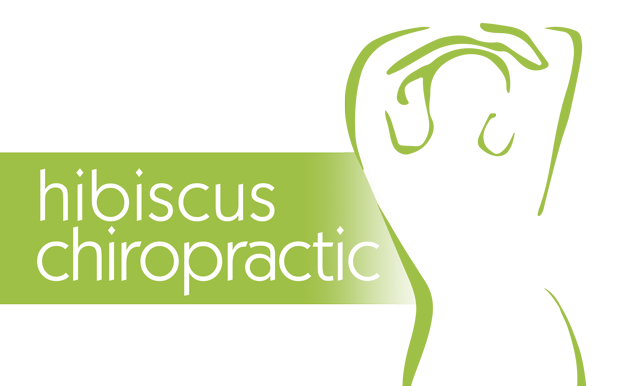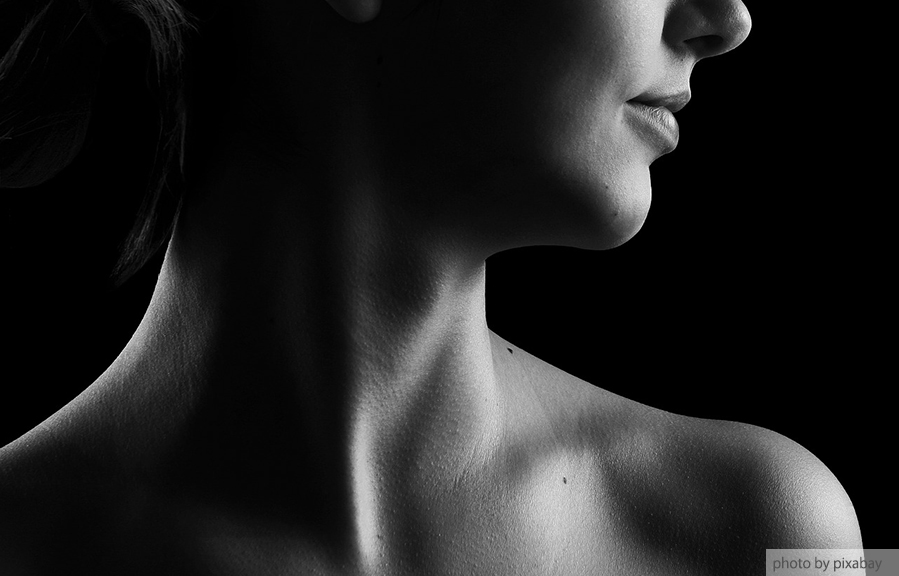Media Release: NZ Chiropractors Association
Paying attention to their side profile could help women avoid neck and back problems and improve their quality of life in many other areas according to the New Zealand Chiropractors’ Association (NZCA).
New research published by the British Chiropractic Association (BCA) suggests that women whose heads lean forward are most likely to be currently suffering from back or neck pain (58%), followed by those with an excessively arched lower back (56%)[1] . Whether you stand like a spoon or a leaning tower, a bridge or a flat back may indicate problems ahead.
Women whose heads lean forward are also the most likely to suffer from back or neck pain ‘every day’ (29%). Those with a flat back were the least likely to have experienced pain, with 21 per cent having remained pain-free.*
According to Dr. Hayden Thomas, chiropractor and spokesperson for the New Zealand Chiropractors’ Association: ‘Whether a woman has an apple or hourglass figure appears to be less important than their side profiles as far as back and neck pain triggers go. Just over 25 per cent of women told the British researchers that a bout of back or neck pain can last for one to three days at a time, so we do need to do all we can to prevent problems. The good news is that making changes to your posture doesn’t call for extreme dieting or exercise programmes and can be managed really simply with the help of your family chiropractor.’
Posture has also been shown to have an effect on many other areas of health and wellbeing beyond symptoms of pain such as mood, energy levels, self-confidence, range of motion, and change in the release of stress hormones[2][3]. Poor posture can also negatively impact on job prospects, decision making, work productivity and other areas of life[4].
The BCA research reveals that the average age women start to suffer from back or neck pain is 34 years meaning that your twenties are a key time for poor posture to really take hold and cause issues. The NZCA is concerned that women especially are suffering unnecessarily, with poor posture now appearing to have taken over from large breasts and overall weight issues as the most common cause of spinal problems.
The BCA researchers asked women which side-shape they are, with four broad categories of altered posture compared to the ideal.
• Spoon – flat back, rounded shoulders
• Leaning tower – head leans forward
• Bridge – arched back
• Flat-pack – flat back
Hayden Thomas explains: ‘The aim in establishing good posture is to give you a neutral side-on appearance when standing in a relaxed stance with your ears, shoulders, hips, knees and ankles in line. Imagine you have a plumb line hanging straight from your ears to ankles – with everything in the middle sitting on the same line. One way to do this is to try standing in a relaxed way and then gently contract the abdominal muscles.’ While ideal seated or standing posture is extremely important, Dr Thomas adds that ‘the best posture is always the next posture’, or in other words, try to keep moving as the joints and muscles of the body require this just like they require an essential nutrient.
The NZCA is promoting a programme of simple stretches and exercises, designed to improve posture and help prevent back pain by enhancing balance, strength and flexibility of the spine. Straighten Up New Zealand is an easy and enjoyable every day programme to improve spinal health and posture.
Consisting of a set of simple exercises and taking just three minutes to complete, Straighten Up New Zealand will help improve posture, stabilise core muscle groups, enhance health and prevent spinal disability. Think of it as daily spinal hygiene just like brushing your teeth benefits oral health. A regular check-up by your family chiropractor will also help keep your spinal movement, nervous system function and posture at its best.
*Out of all women with an arched back, a flat back, rounded shoulders, or head leaning forwards. Research carried out on behalf of the BCA.
References:
[1] Are You A Spoon Or A Bridge?
[2]Body Mind Connection. University of California Berkeley Wellness Newsletter.
[3] The Science Behind Posture and How It Affects Your Brain
[4]http://www.medicalnewstoday.com/articles/237511.php
For further information on the New Zealand Chiropractors’ Association visit www.chiropractic.org.nz
Further Information:
Dr Gian Mansell, Chiropractor
email: gian@hibiscuschiro.co.nz

